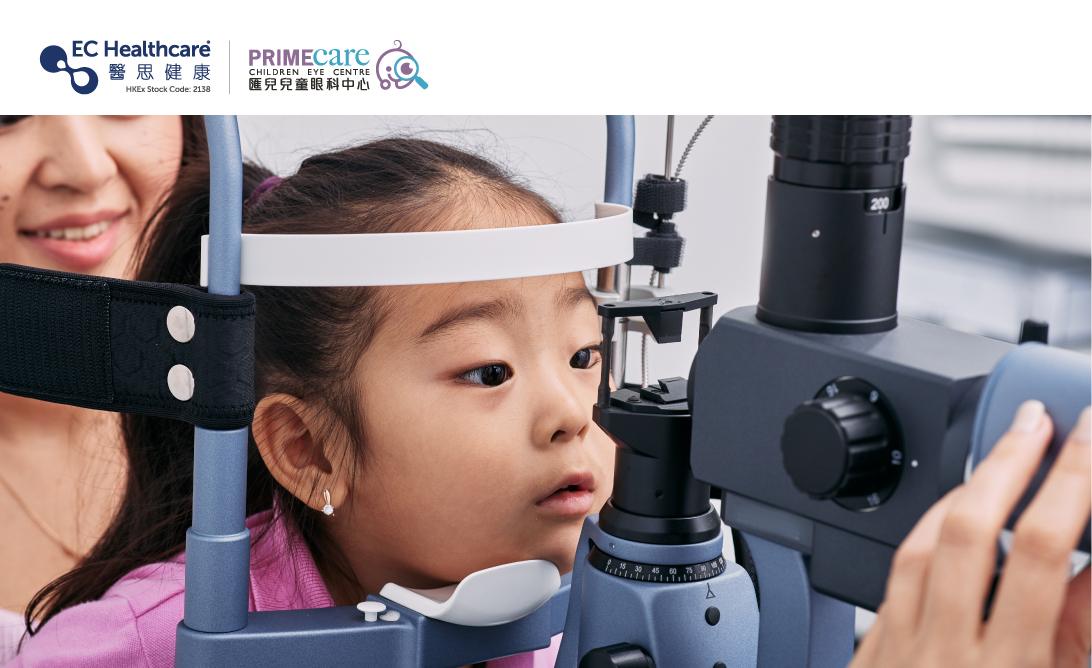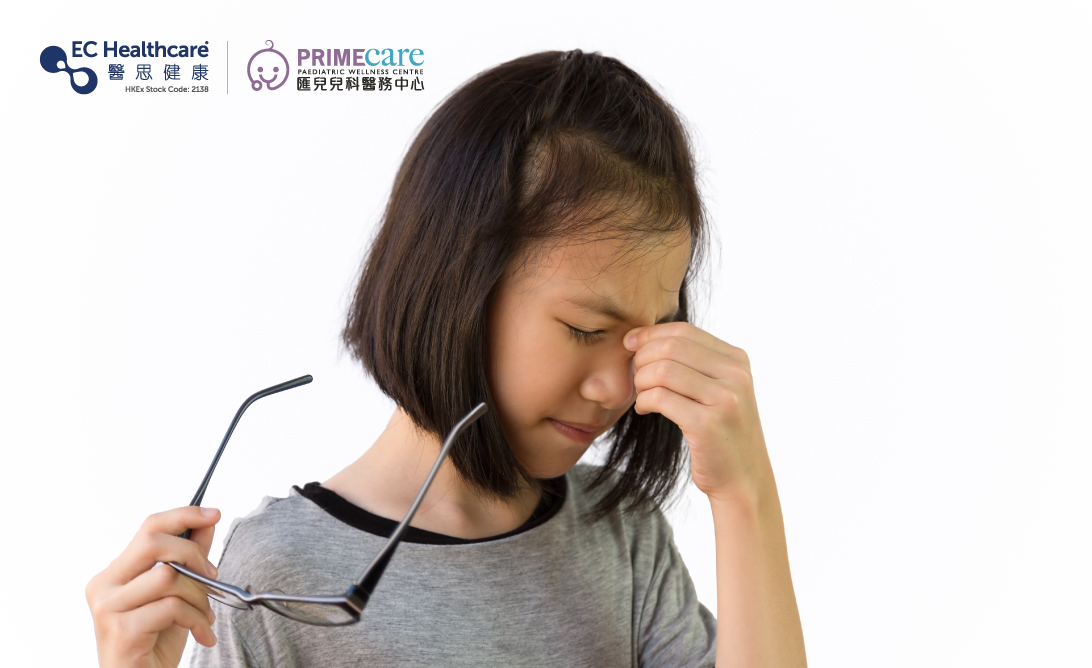Attention Parents! 5 Major Causes of Childhood Myopia


As smartphones become more prevalent and children start using them at a younger age, it has become the norm for kids to wear glasses. Research shows that nearly 90% of Asian teenagers under the age of 20 suffer from myopia¹.

Vision is an essential aspect of a child's development, and early-onset myopia can potentially lead to worsening nearsightedness as they grow, with no possibility of reversal and cured. According to research, having a high degree of myopia exceeding 5 diopters increases the risk of developing eye conditions like retinal damage and glaucoma. As parents, it is crucial for us to pay close attention to our children's visual habits and help them avoid the following 5 habits that contribute to myopia.
1. Prolonged Indoor Activities
Children who spend a significant amount of time indoors without regular exposure to natural light may experience hindered visual development. It is important to schedule outdoor activities for children on a daily basis, while also taking appropriate measures like sunscreen to protect them from intense midday sun exposure.
2. Near-Sighted Eye Use
Excessive use of digital devices and reading at close distances can contribute to myopia. It's important to ensure that children maintain a distance of 30 to 40cm between their eyes and books or smartphone screens during these activities.
3. Excessive Use of Digital Devices
Children's visual development continues to mature until around the age of 8. Since visual development is still in its early stages from 0 to 2 years old, it is advisable to minimize screen time for children under 2 years old. For children aged 2 and above, it is recommended to limit daily screen time to no more than 1 hour.
4. Dim Lighting
Some children have a tendency to use their smartphones in dimly lit areas, which can contribute to worsening myopia. Whether it's screen time or reading, it is important to ensure adequate lighting in the surroundings. Parents can assist by setting up well-lit bedrooms or study areas for their children and encourage them to engage in visual activities in an environment with sufficient lighting and clear visibility.
5. Prolonged Eye Use
When children are engrossed in online classes or focused on homework using tablets or smartphones, they tend to neglect giving their eyes a break. Parents can encourage their children to take short breaks of 5 to 10 minutes every 30 minutes of eye use by engaging in small games or activities that involve eye movement and looking at distant objects, such as green plants. These breaks allow the eyes to relax and recharge.
¹ Results from the Hong Kong's 2022 report card on physical activity for children and adolescents
Disclaimer: This article is prepared by an independent third party and is not sponsored. The content provided is solely for informational purposes and should not be considered a substitute for professional medical advice, diagnosis, or treatment. It does not represent any specific viewpoint. In the event of any discomfort or health issues, it is advised to seek medical attention promptly.










